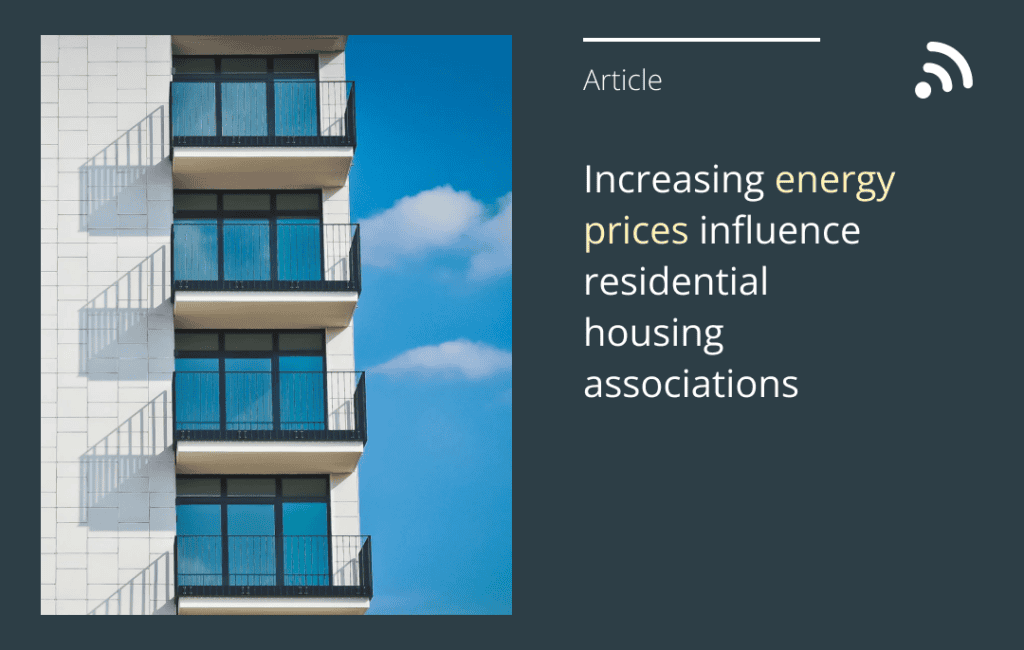Article, October 16, 2024
Rising energy prices are impacting property owners and housing cooperatives in several ways, especially concerning heating costs like district heating. District heating is a common heating method in Swedish properties and housing cooperatives, but when energy prices rise, the costs of heating the property also increase, thereby putting pressure on the cooperative’s finances.
The challenge of rising energy prices
Energy prices have increased sharply in recent years, mainly due to higher costs for biofuels, on which Sweden’s district heating systems depend. At the same time, the availability of natural gas has decreased, partly as a result of the war in Ukraine and geopolitical uncertainty, which further pushes prices upward.
The latest survey from the Nils Holgerssons report highlights this. The report shows that district heating fees have risen by an average of 15.2% across Sweden during 2024. This increase follows the 7.8% rise in 2023.
Since heating costs account for an average of about 40% of a housing cooperative’s total expenses, these price increases are particularly noticeable for property owners. This means they now face significant financial challenges, as increased operating costs for electricity and heat quickly lead to higher fees for the residents.
Price increases around the country: see table below
What can property owners do?
Rising energy prices appear to be a long-term trend. Therefore, it is important for property owners to take measures now to future-proof their buildings, where energy optimization constitutes an important part of the solution. With the right investments, housing cooperatives can not only reduce their energy costs but also increase the property’s sustainability and comfort for the residents.
| Region | Price increase 2024 |
|---|---|
| Blekinge | 15,86 % |
| Dalarna | 19,03 % |
| Gotland | 13,02 % |
| Gävleborg | 18,20 % |
| Halland | 14,37 % |
| Jämtland | 13,67 % |
| Jönköping | 19,48 % |
| Kalmar | 15,76 % |
| Kronoberg | 23,70 % |
| Norrbotten | 12,94 % |
| Skåne | 16,50 % |
| Stockholm | 11,76 % |
| Södermanland | 18,95 % |
| Uppsala | 18,19 % |
| Värmlands län | 13,23 % |
| Västerbotten | 13,69 % |
| Västernorrland | 15,45 % |
| Västmanland | 13,02 % |
| Västra Götaland | 13,88 % |
| Örebro | 13,14 % |
| Östergötland | 13,40 % |

